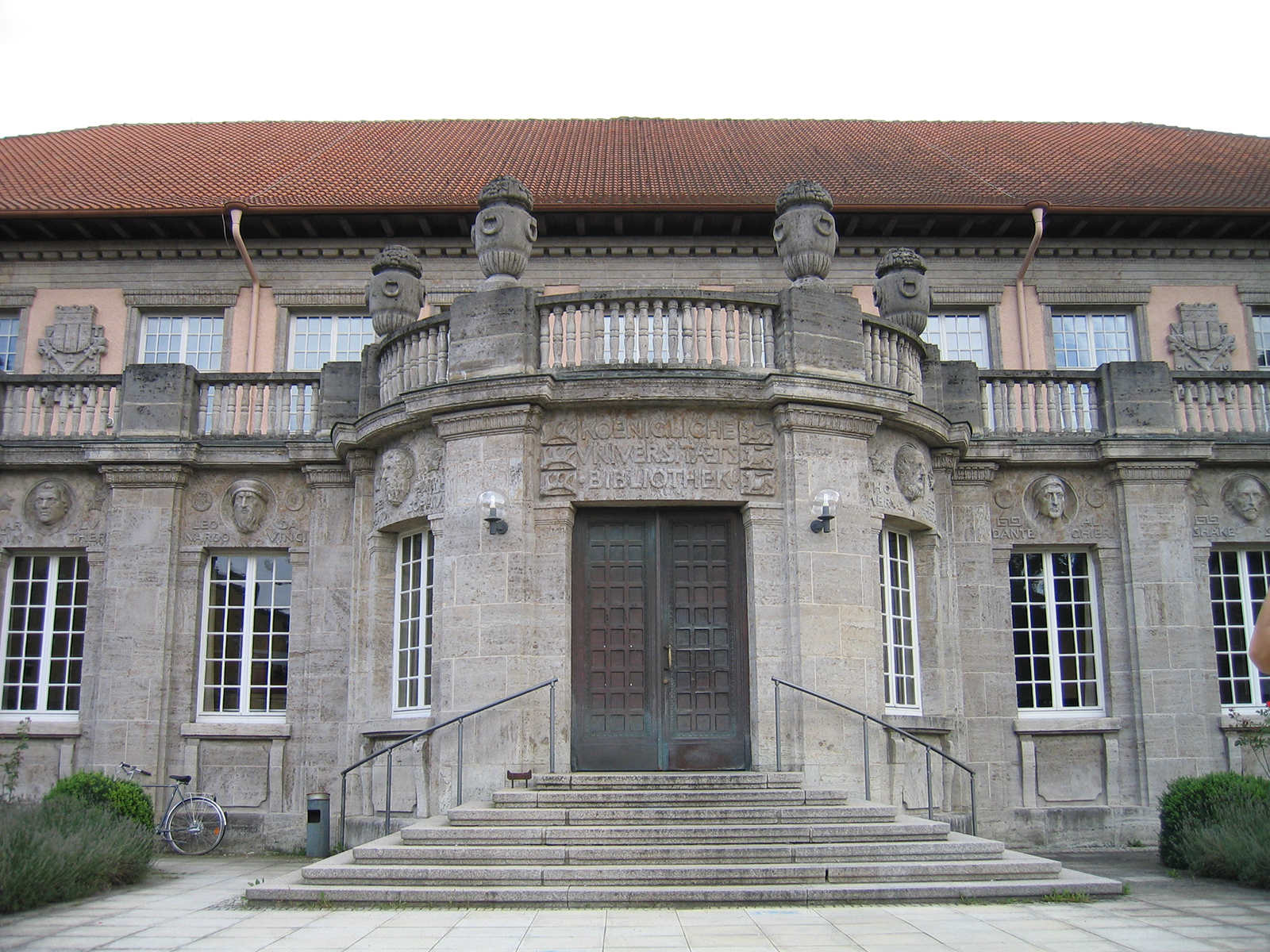University of Tübingen: Late Neanderthals in the Swabian Alb used sophisticated techniques
Neanderthals, who lived in the Swabian Alb more than 45,000 years ago, used sophisticated techniques with branched work processes in the manufacture of stone tools. This is evidenced by collections of stone artefacts from the site Heidenschmiede, from which their approach could be reconstructed. These research results were published by Dr. Berrin Çep, Benjamin Schürch and Dr. Jens Axel Frick from the Institute for Prehistory and Early History and Archeology of the Middle Ages and Dr. Susanne Münzel from the Institute for Scientific Archeology, all from the University of Tübingen, in the journal PLOS ONE . They underline once more that the Neanderthals possessed highly developed skills.
The Heidenschmiede, a rock roof or Abri near Heidenheim an der Brenz on the eastern Swabian Alb, was discovered in 1928 by the amateur archaeologist Hermann Mohn as a place where stones and bones worked by early humans were found and excavated. “Since the first publication about the finds in 1931, research work has largely been suspended. Since then, our study is the first detailed investigation that deals with the numerous finds and classifies them more closely, ”reports Benjamin Schürch. The bone and stone tools come from the Middle Paleolithic, the Middle Paleolithic, and are at least 50,000 to 42,000 years old. “During this period, no modern humans of our current species, Homo sapiens, lived in the region. It was late Neanderthals who stayed in the Heidenschmiede. “
Individual pieces put together again
Among other things, the Neanderthals used stone to make blades, scrapers, wedge knives, for example for working leather, and also tips that were used in hunting. “It was known that they used different concepts to manufacture such tools,” says Berrin Çep, the first author of the new study. She tried to put individual pieces back together in order to better understand how the people in the Heidenschmiede operated. “In individual cases we have succeeded in reproducing in detail how so-called cores were initially used to make other basic shapes, such as tees and blades, and how these were further processed into tools,” says Çep. “Such reconstructions are only rarely possible at the Neanderthal cave sites in the Swabian Alb, because usually not all of the material from the manufacturing process remains at the site. Also, in early research excavations, not all finds were recorded. “
First document from this region
“Based on the composition of the stone artifacts, we were able to prove that the Neanderthals used a branched production system at the Heidenschmiede. A single starting piece was processed in separate work steps according to various concepts that people knew a whole reservoir of, ”explains Schürch. Such demanding manufacturing processes have only rarely been proven from the Middle Paleolithic. “For the Swabian Alb it is the first evidence,” adds Jens Axel Frick. Anyone who worked on the raw material from stone had to be able to consider from the outset that parts of the stone could be further processed using a different technique. “That requires a strong three-dimensional imagination, creativity and mentally flexible planning,” says Berrin Çep.
The research team attests that the people who worked on the stones from the Heidenschmiede have an excellent working memory. The new study results corroborated other studies, according to which the Neanderthals had great mental flexibility and adaptability, coupled with manual dexterity. At the same time, the branched and well thought-out manufacturing processes that were made visible also provided an explanation for why a large variety of forms of stone artefacts was to be found in the Middle Paleolithic.

